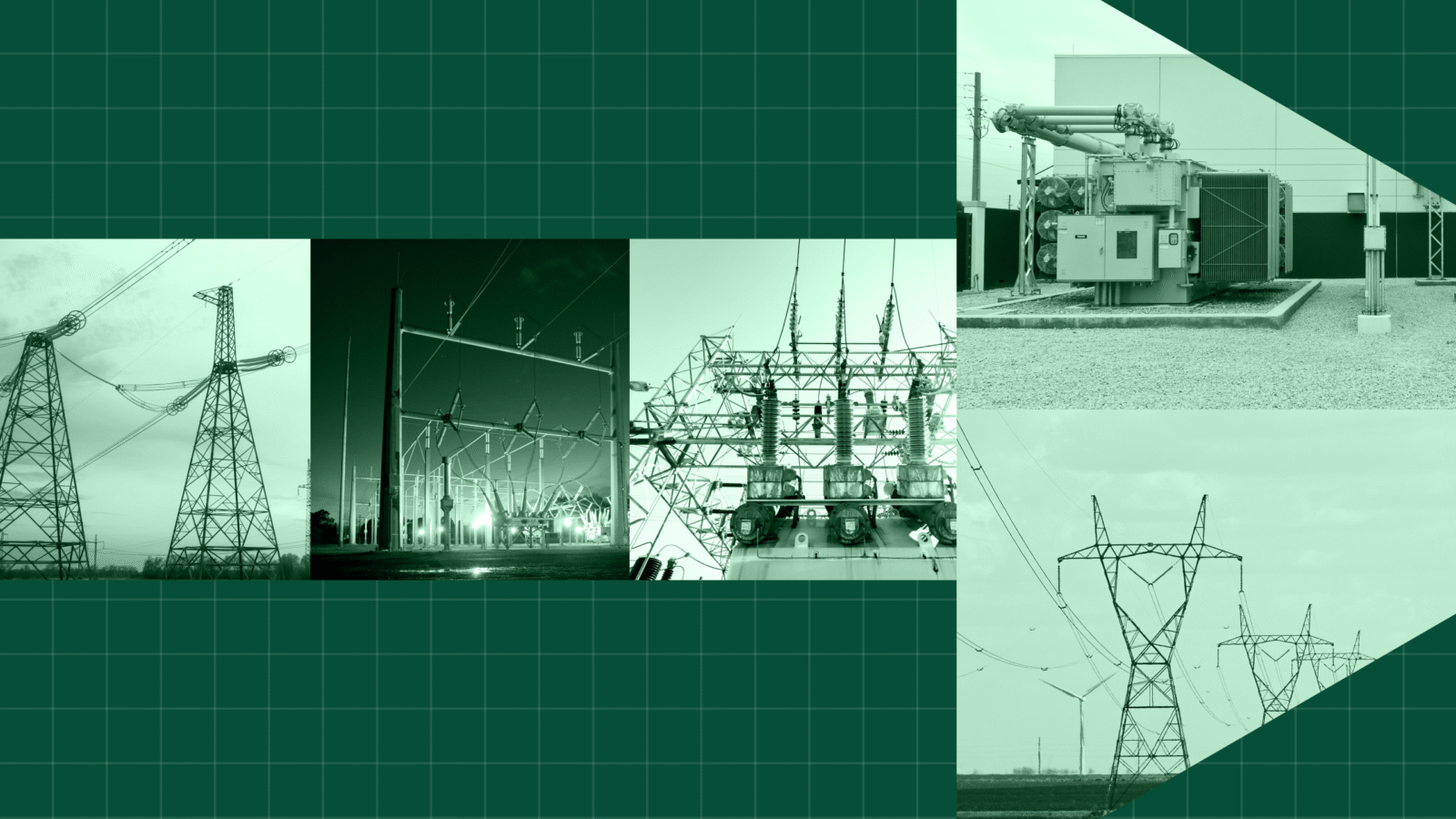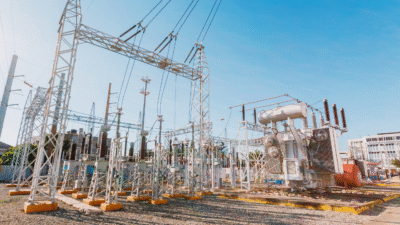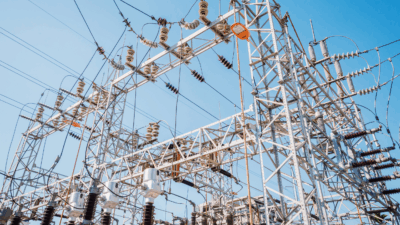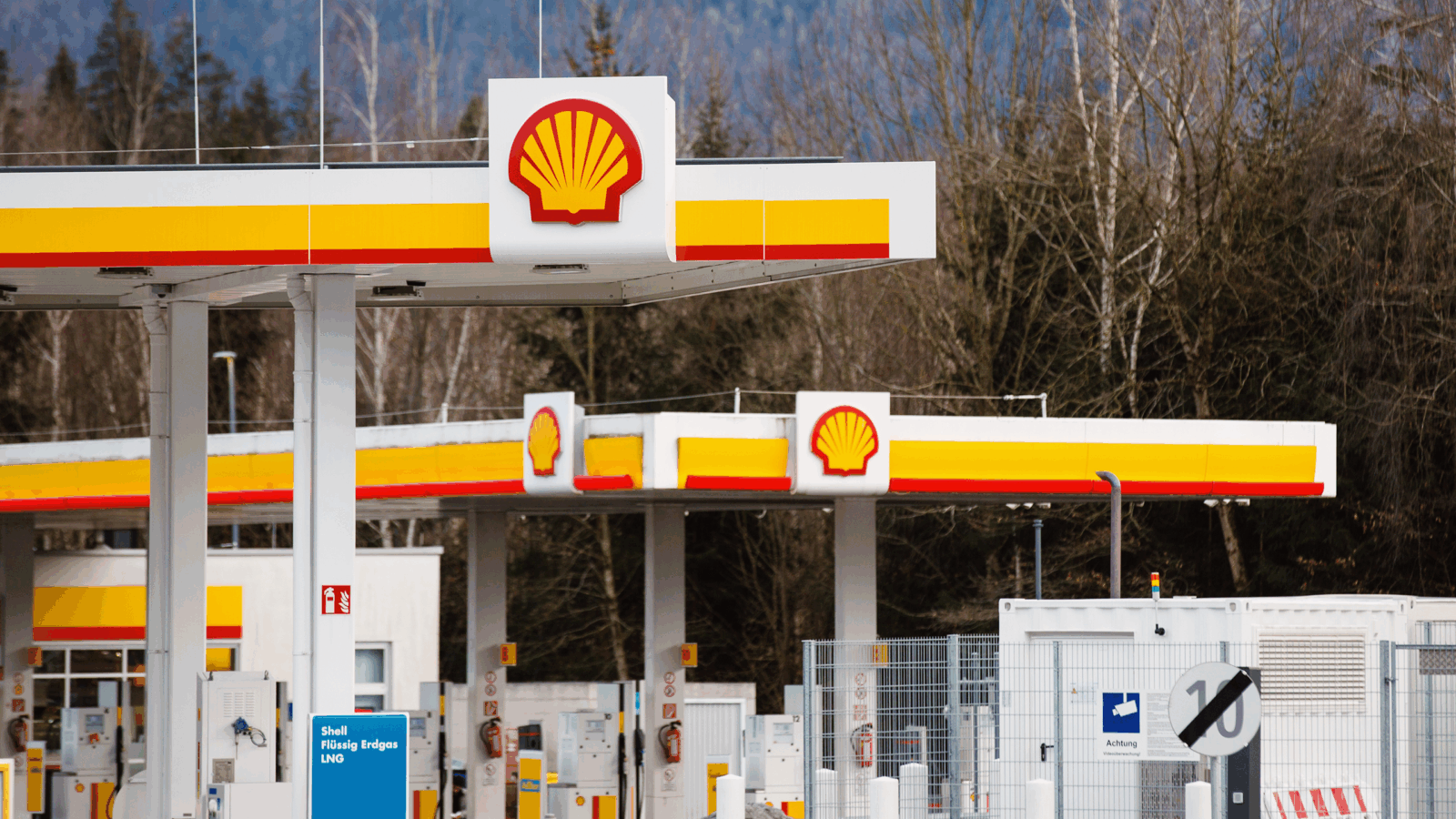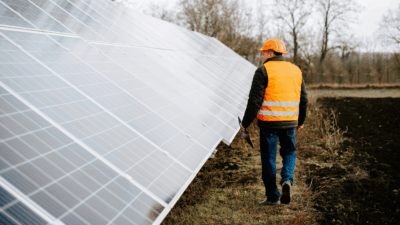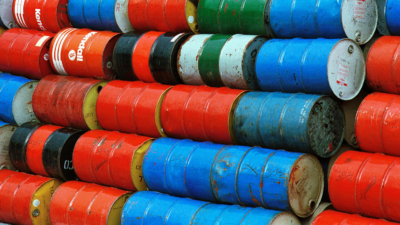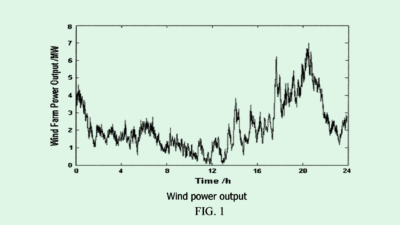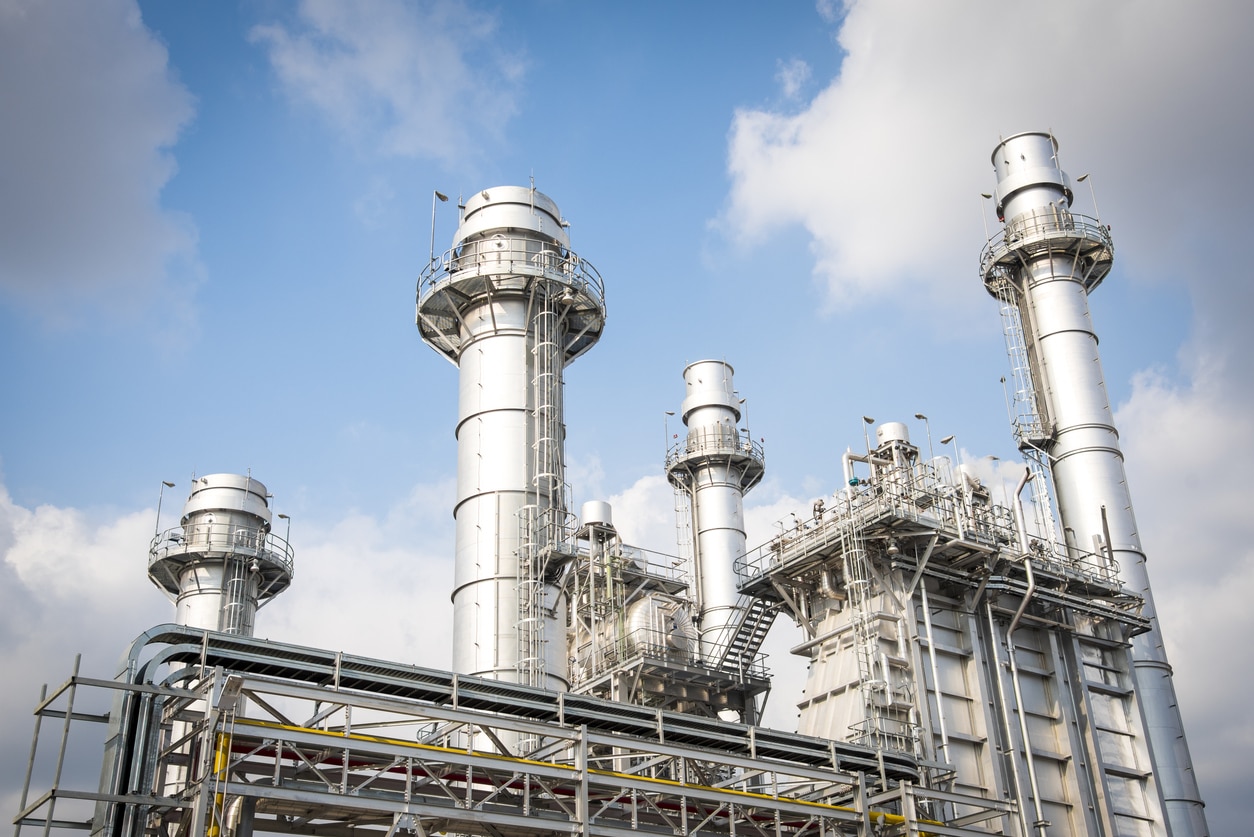
Sign up for smart news, insights, and analysis on the biggest financial stories of the day.
You’ve heard of iron deficiency, well how about iron efficiency.
A Boston area startup said Thursday it has built a low-cost battery powered by iron pellets which, in concert with other renewables, could carry America’s power grid to a carbon-free future.
Less is Ore
The Biden administration’s goal to achieve a carbon-free power grid by 2035 has sent regulators and power companies scrambling to deliver on reliable, large-scale renewable energy solutions.
Experts and policymakers generally agree that a mix of wind, solar, geothermal, and nuclear power, combined with short-duration lithium-ion batteries can satisfy roughly 80% of America’s electricity needs. But the consensus is that the remaining 20% will have to come from some form of long-term power storage. And until now, the material costs have simply been too high:
- On top of being unsuitable for long-term energy storage, the nickel, cobalt, lithium, and manganese minerals used in lithium-ion batteries cost $50 to $80 per kilowatt-hour of storage. That’s a healthy multiple of the $20 per kilowatt-hour rate that — combined with renewables — experts say could fully replace fossil-fuel power plants.
- But Somerville, MA’s Form Energy has built a battery powered by pellets of iron, one of the world’s most common elements, which costs a mere $6 per kilowatt-hour of storage on individual cells. Packaged in a battery system, the cost comes squarely in line with experts’ $20 per kilowatt-hour target.
Form Energy’s battery functions by intaking and expelling oxygen, and using an electrical current to charge and discharge iron to rust and back again, charging the battery in the process.
Power Storage Science Fair: While Form Energy has brought a unique technology to the table, it will be pitted against several other emerging methods of renewable storage:
- Some experts contend that either pumped water or compressed air is better suited for energy storage. The EU is opting for hydrogen to store and generate power.
- Other companies are attempting to avert the need for storage altogether with carbon-capture technology, which could make gas and coal power plants emissions-free.
Natural Selection: “There is a Cambrian explosion of new storage technologies and in a Darwinian sense, they are not all going to survive,” Ramez Naam, a clean-energy investor, told The Wall Street Journal. “But the prize is huge both for investors and for society.”
